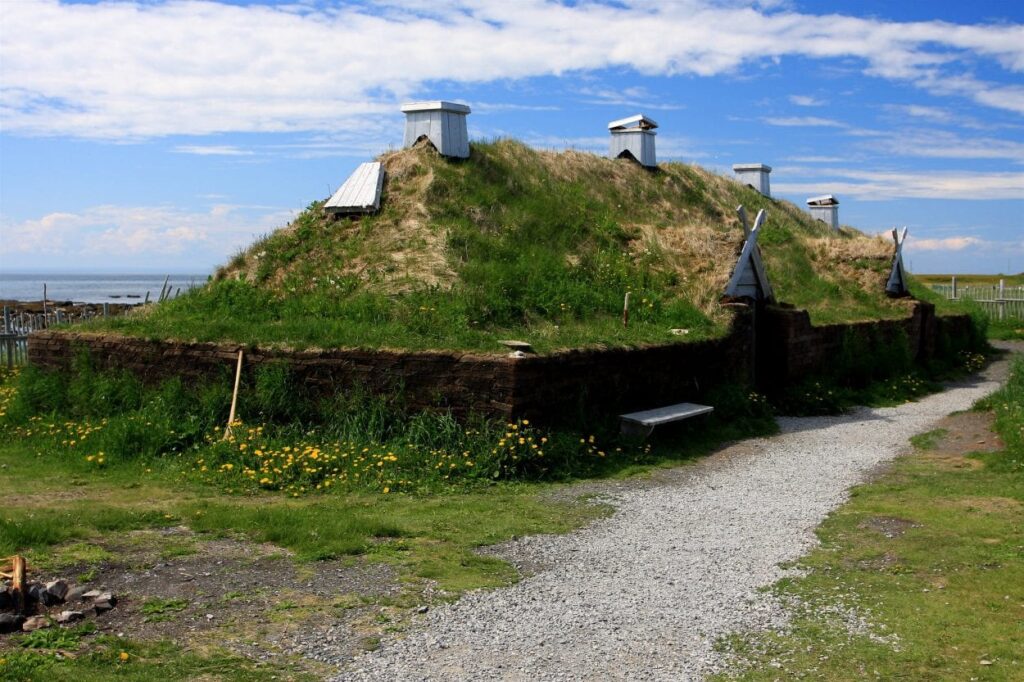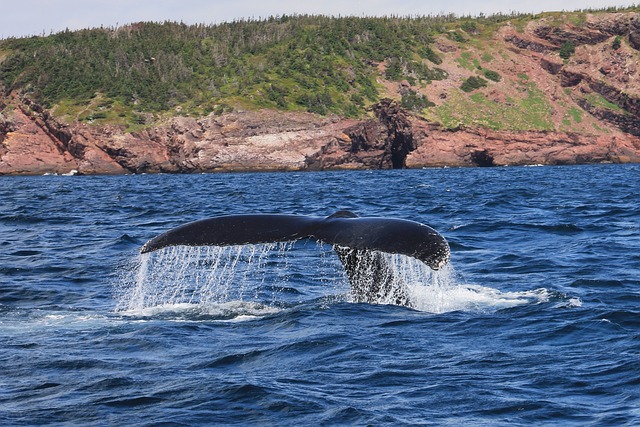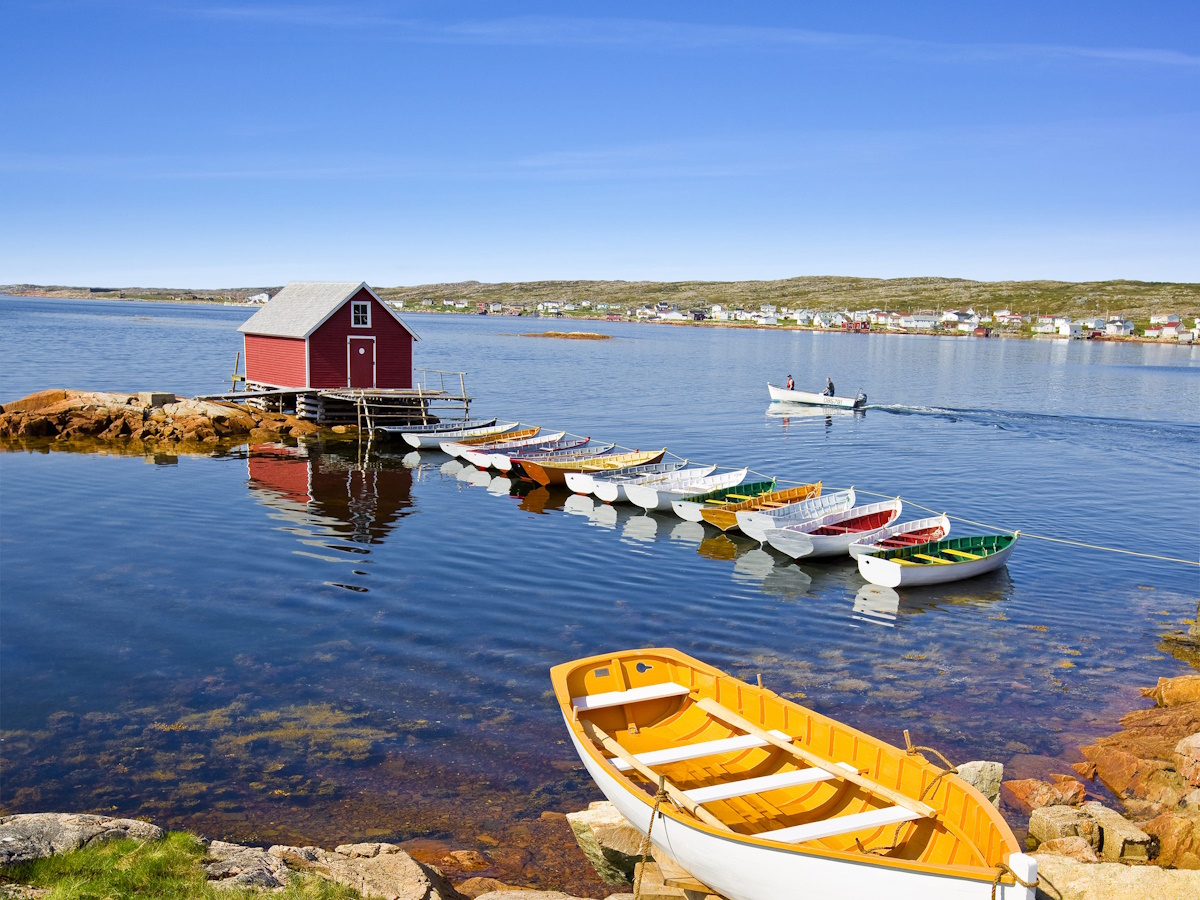Surprising Facts About Newfoundland and Labrador
Newfoundland and Labrador, often simply referred to as Newfoundland, is a province steeped in rich history, vibrant culture, and natural wonders. However, beneath the surface of this familiar facade lies a treasure trove of lesser-known facts that truly set this province apart.
Let’s dive into 15 intriguing facts that might just change your perception of this enchanting corner of Canada.
- Time Warp: Newfoundland and Labrador boasts its own unique time zone, 30 minutes ahead of Atlantic Time and a full hour and a half ahead of Eastern Time.
- Viking Vestiges: The province is home to L’Anse aux Meadows, a UNESCO World Heritage Site and the first European settlement in North America, established by Vikings over a thousand years ago.

- Iceberg Alley: The coastal waters of Newfoundland and Labrador serve as a breathtaking highway for majestic icebergs that drift down from the Arctic each spring and summer.

- Pukaskwa Pit Stop: The province’s southern coast is a vital migratory route for the rare and elusive Labrador duck, a species that tragically became extinct in the late 19th century.
- Musical Mecca: Newfoundland and Labrador boasts a thriving traditional music scene, with genres like sea shanties, ballads, and jigs deeply rooted in the province’s heritage.
- Quirky Cuisine: Beyond cod tongues and Jiggs dinner, the province offers a diverse culinary landscape, from toutons (fried dough) to flipper pie (a seal flipper delicacy).
- Accentuating the Positive: Newfoundlanders are renowned for their unique dialect, characterized by colorful phrases and a distinct pronunciation that reflects their Irish and English ancestry.
- Literary Legends: The province has nurtured renowned authors like E. Annie Proulx, Wayne Johnston, and Michael Crummey, who have captured the essence of Newfoundland in their literary works.
- Geological Marvels: Gros Morne National Park, a UNESCO World Heritage Site, showcases the Earth’s mantle through its exposed Tablelands, a geological rarity.
- Artistic Abode: The small town of Fogo Island is home to the Fogo Island Inn, an architectural marvel designed by Todd Saunders, attracting visitors from around the world.
- Whales Galore: The waters surrounding Newfoundland and Labrador are teeming with various whale species, including humpbacks, minkes, orcas, and even the occasional blue whale.

- Beothuk Legacy: The Beothuk, the Indigenous people of Newfoundland, tragically faced extinction due to European contact, leaving behind a poignant reminder of the province’s complex history.
- Gaelic Revival: The Irish language, or Gaelic, was once widely spoken in parts of Newfoundland and is currently experiencing a resurgence in the province.
- Puffin Paradise: The Witless Bay Ecological Reserve is home to the largest Atlantic puffin colony in North America, with over 260,000 pairs nesting on its islands.
- Northern Lights Spectacle: Due to its northern latitude, Newfoundland and Labrador offers stunning displays of the aurora borealis, or Northern Lights, during the winter months.
Conclusion:
As we’ve journeyed through these 15 captivating facts, it’s clear that Newfoundland and Labrador is far more than just a picturesque province. It’s a land of hidden wonders, a place where history, culture, and nature intertwine to create a truly unique experience.

